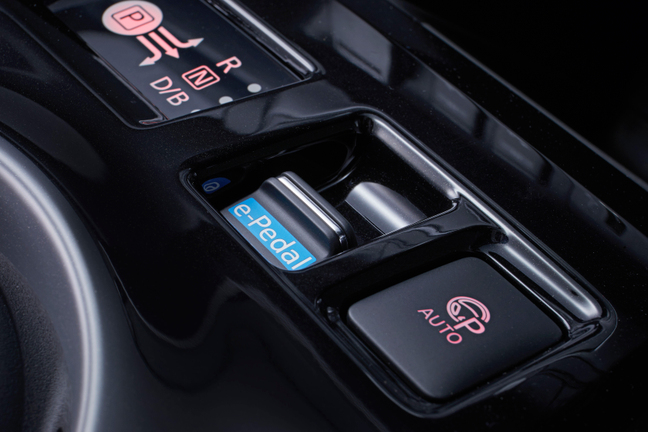Americans are gradually saying farewell to the possibility of manual transmissions in new cars, just as more families are discovering (and purchasing) electric vehicles.
The two trendlines, it so happens, have been remarkably close to each other for the past few years—both with less than 2% of the market. But in 2019, according to Power Information Network (PIN) data requested by Green Car Reports, electric cars pulled ahead.
We’d hardly call it a resounding victory, however. Over the year as a whole, manual-transmission vehicles slid to just 1.1% of U.S. retail sales, while EVs made up 1.6% of sales. For all of 2018, manuals still held a thin lead (1.6% versus 1.5%), but the trendlines crossed in the third quarter of 2019, as total battery electric vehicle sales for 2019 landed around 270,000.
The PIN data, from JD Power, is based on actual dealer-transaction data, and has a strong reputation for its sales numbers and forecasting. It makes abundantly clear that if (like some outlets have reported) the U.S. EV market didn’t dip last year, it hit something of a flat spot.

Nissan e-Pedal one-pedal driving mode
Are electric cars sweeping away the possibility of shifting your own gears? Quite the opposite, we’d venture to say that EVs have rekindled some of the same enthusiasm, with one-pedal driving and various modes of brake regen that encourage driver involvement.
Besides thinking that someday the electric-car and automatic-transmission market-share lines will probably cross, too, it's simply a fun data point. And within the trendlines we think that there may be quite a bit of overlap between those who enjoy driving their electric car and those who still give a shift.
